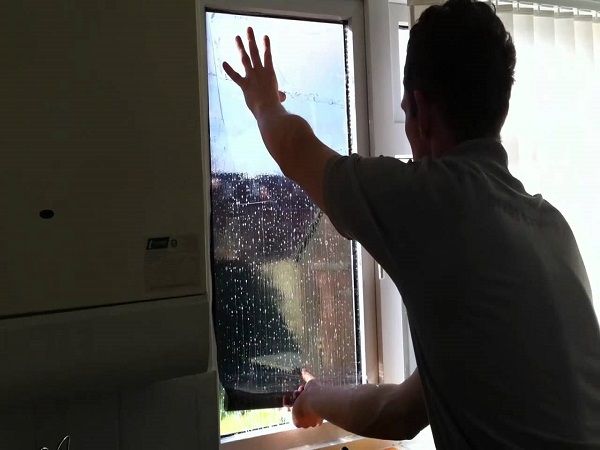Do you want to start a home improvement project? Try DIY home window tinting! It will not only provide you more privacy, but it will also help you lessen carbon footprint and power costs because residential window tints help regulate room temperature. If you have a home window tint film, you will feel warmer during winter, and colder during the summer months. But before you buy the first DIY home window tinting kit you find, here are some important reminders to get you started.
What to Clean Your Windows With When You DIY Home Window Tinting
Put 1 quart of bottled water and ¼ teaspoon of baby shampoo without conditioner in a spray bottle. This DIY window tint solution will be used in cleaning not just before applying the home window tint film; it will also be used during the application and future cleaning.
Remember never to use hard tap water for this as it will leave spots under the film. Also, regular house glass cleaners contain ammonia, which can dissolve the adhesive of your DIY home window tinting. But if your windows get too cloudy, you can opt to use glass cleaners, provided that you use the DIY window tint solution last to clean it.
How to Apply Your DIY Home Window Tinting With Care
Home window tinting creases as easily as aluminum foil does, so handle your film gently. While DIY home window tinting can be removed, you can no longer reuse it. It is recommended to practice on a small piece of film to save on home window tinting cost. You can try tinting small windows for starters. Tinting bigger windows would require two people for it to be applied appropriately.
If you apply the film under direct sunlight, the film may stick too quickly. During winter, it may not even stick at all. The best time to use the film is when the glass is cold. The best temperature to apply window tints is between 45-90 degrees Fahrenheit, most likely in the early in the morning or late evening.
A rubber squeegee should be used to press the DIY home window tinting against the glass. The recommended size for the squeegee is between 6 and 8 inches wide. Remember to use lint-free paper towels in cleaning the squeegee’s blade as lint can get in between the window glass and the film. You can also opt to use coffee filters to wipe the windows in your cleaning to prevent lint.
Just remember all these tips, and you can DIY home window tint like a pro!
